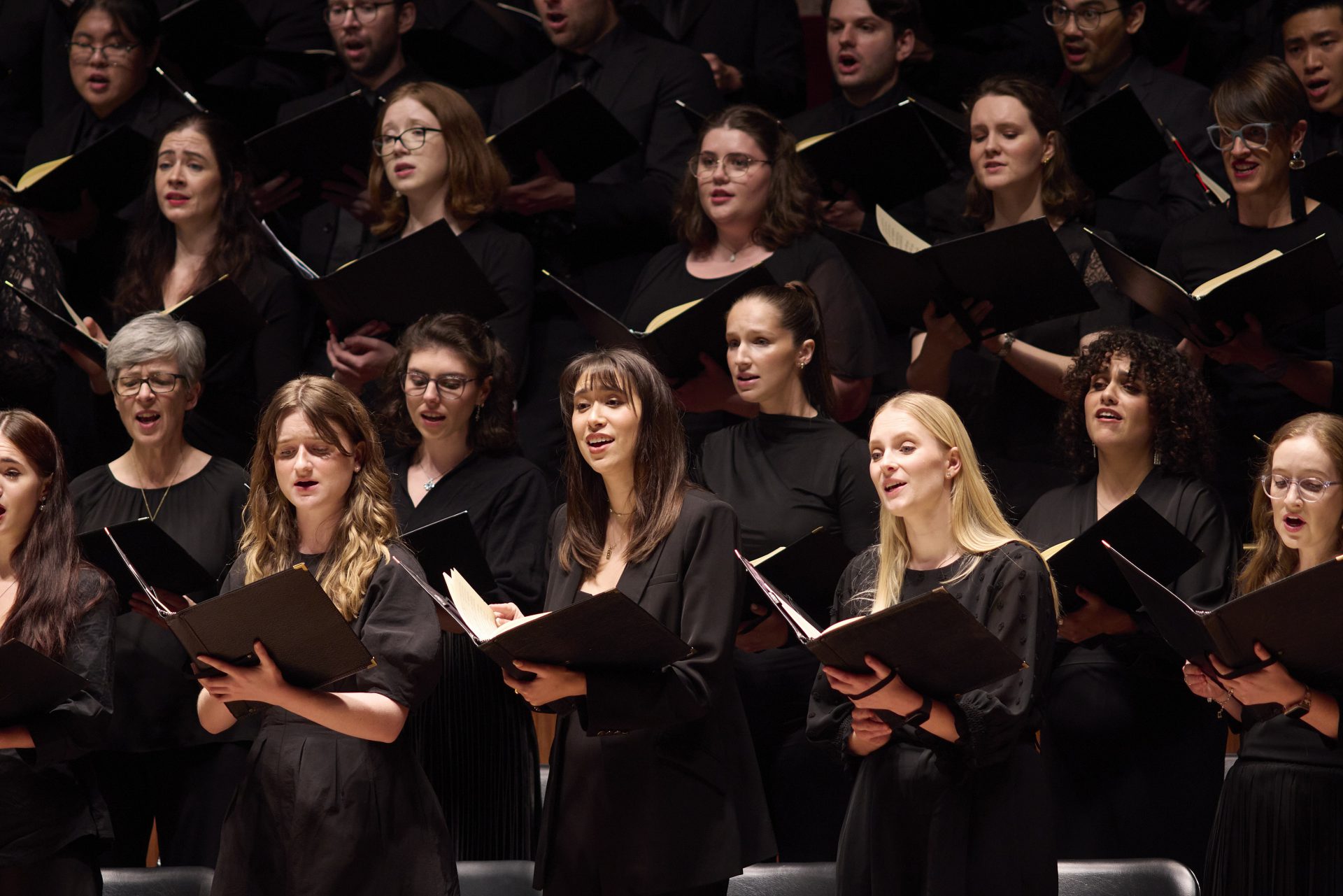Historically informed performance is HIP again.
For a century, JS Bach was but a name. To the few who knew his music after 1750, he was the caricature of a stolid old Thuringian – thoughtful and industrious, but provincial and outmoded. The occasional glimmer of a revival came with the posthumous publication of a biography by Forkel – which was, notoriously, more eloquent than exact – and with the uncommon hymns of praise sung by some of Bach’s successors – think of Mozart’s famous words when he heard the motet Singet dem Herrn. But it took a twenty-year-old Felix Mendelssohn to consummate the Bach Renaissance, with a performance of St Matthew Passion in Berlin in 1829.
It is trite that there is no single “St Matthew Passion”, just as there is no one “St John Passion”. For example, orchestras have started to appreciate the 1725 version of St John’s Passion, which features the underappreciated Himmel Reisse, but sans overture. Yet no orchestra in Australia has attempted to perform the 1841 Mendelssohn revival version, complete with Romantic instruments. It is likely that it will not be performed again for some years.
The Australian Romantic & Classical Orchestra (ARCO) was made for this feat. ARCO joined forces with the Sydney Philharmonia Choirs’ Chamber Singers and VOX choirs under the direction of SPC’s Associate Music Director Dr Elizabeth Scott in the Concert Hall of the Sydney Opera House.
Like the prologue to a Homeric epic, Bach beckons us to the scene with a call to grief – Kommt ihr Tochter helft mir Klagen (Come you daughters, help me grieve). It is a curious start to the drama. It is part dance, part tombeau. Scott clearly opted for dance, with a brisk tempo that made the menacing repeated Es in the bass more violent. It is a shame that at times the sopranos were too diffident for the glorious cantus firmus – O Lamm Gottes Unschuldig – and were overpowered even by continuo organ.
Andrew Goodwin hit the ground running as evangelist, with his distinctive honey-timbred tenor voice. His Lieder-like voice suited the ethos of this revivalist rendition. Mendelssohn’s instrumental innovations are immediately made clear in these recitatives. Channelling his very German liking for the cello, he assigned the closing cadences to the cellos (Daniel Yeadon and Anton Baba) and double bass rather than the organ.
Teddy Tahu Rhodes made for a strong Jesus. His voice may have been too sinewy and full-bodied for a St John Passion Jesus – whose characterisation is more human and pathetic – but it did well for the St Matthew Passion.
The chorales were performed with punchy fermati, so as not to sap the drama – although there were some issues with timing in the closing O Mensch Bewein dein Sunden Gross. In a first part that is overburdened with the tedium of recitatives, the sudden choral interjections are most welcome. Sind Blitze, sind Donner lived up to its title. This was the choir at its best. But one wonders why, at the fulcrum of the piece, the audience is denied the customary earth-shattering chord on organ, before the chorus descends.
Much of the drama is relegated to the second half, where Bach shows off his mastery of word-painting. Goodwin’s voice climbs as he announces the fruition of Jesus’ prophecy – the cock crowing after an act of betrayal. Then of course we have the heart-rending Erbarme dich. Usually it is the soprano who is the star of the show. But this was one of the rare occasions where violin accompaniment eclipsed the voice. Rachael Beesley’s performance was faultless and arresting, and her phrasing especially thoughtful. Penelope Mills’ closing cadence was performed an octave higher than usual, so that her voice dissipated into ether at the end, but on the whole it could have been more animated and varied.
When Judas tosses the blood money (Blutgeld), the violin accompaniment in Gebt mir mein Jesum wieder literally throws itself upwards, imitating the flicking of the wrist. Again, Beesley despatched those virtuosic passages with ease.
Then we come to the point where the drama becomes so intoxicating that its personae descend into madness. The pace picks up. The dialogues between Jesus, Evangelist and Pilate become shorter and sharper. The heckling mob thirsts for blood. And the timbre of Emily Edmonds’ voice – deliberately – becomes more guttural, especially as she speaks of Golgotha. All this was intended by Bach to culminate in the aria “Sehet, Jesus hat die Hand”, where a disciple appears to see a vision of a crucified Jesus embracing him. Sadly, it seems this was left out of Mendelssohn’s version.
Mills shone in the Aus Liebe, as did flautist Melissa Farrow, although, for some reason, there was no closing instrumental cadence. Another highlight was Goodwin’s impassioned cry – “weinete bitterlich” – which displayed his dynamic control.
Apart from the prominent use of cellos and bass, the most interesting change in orchestration in the Mendelssohn version is the use of clarinets. In the Baroque, the oboe came closest to the human voice. In the Classical and Romantic age, it was the clarinet. Nicole van Bruggen on clarinet added the nostalgic warmth that the Mache Dich calls for.
The serendipitous timing of this performance did not quite rise to the same level as the performance of St John Passion – first performed in the first week of April 1725 in the Thomaskirche – on 4 April 2025 in North Sydney’s St Thomas’ Anglican Church. But all this points to a more fundamental point. Easter seems increasingly to be the province of the early music scene in Sydney. Long may that be so.
